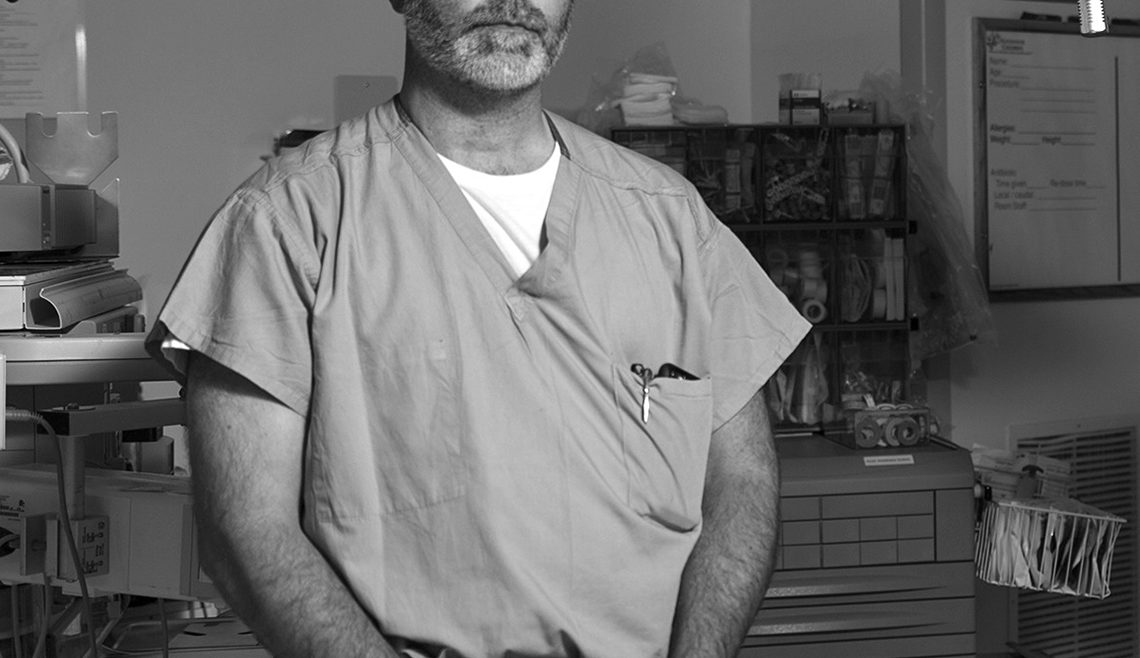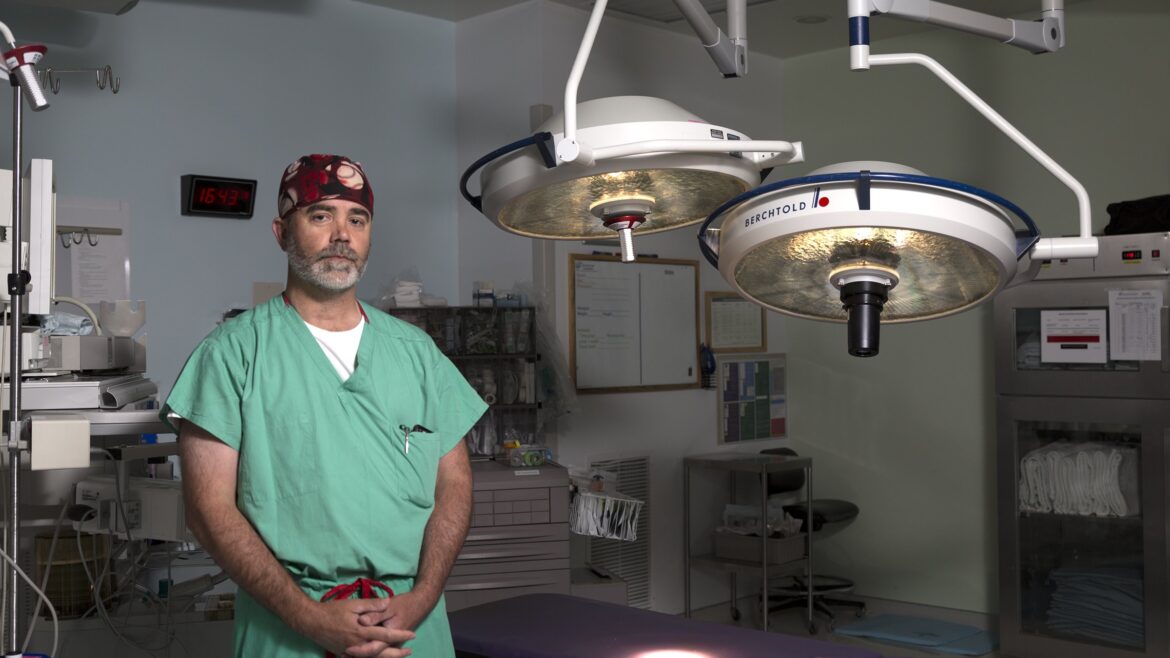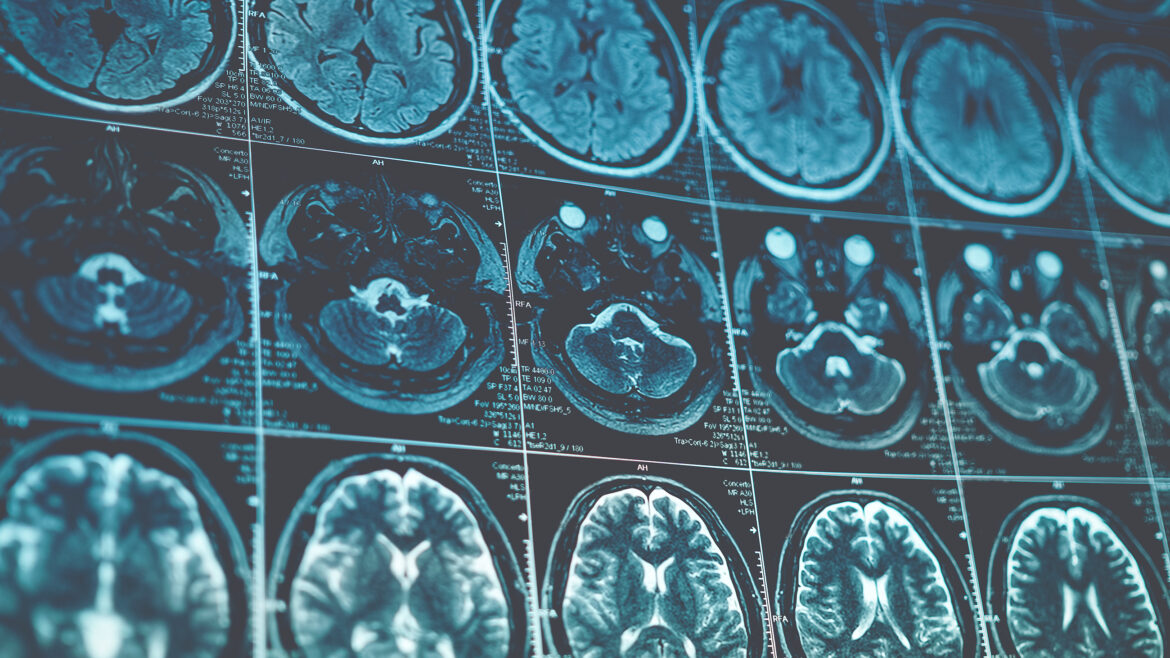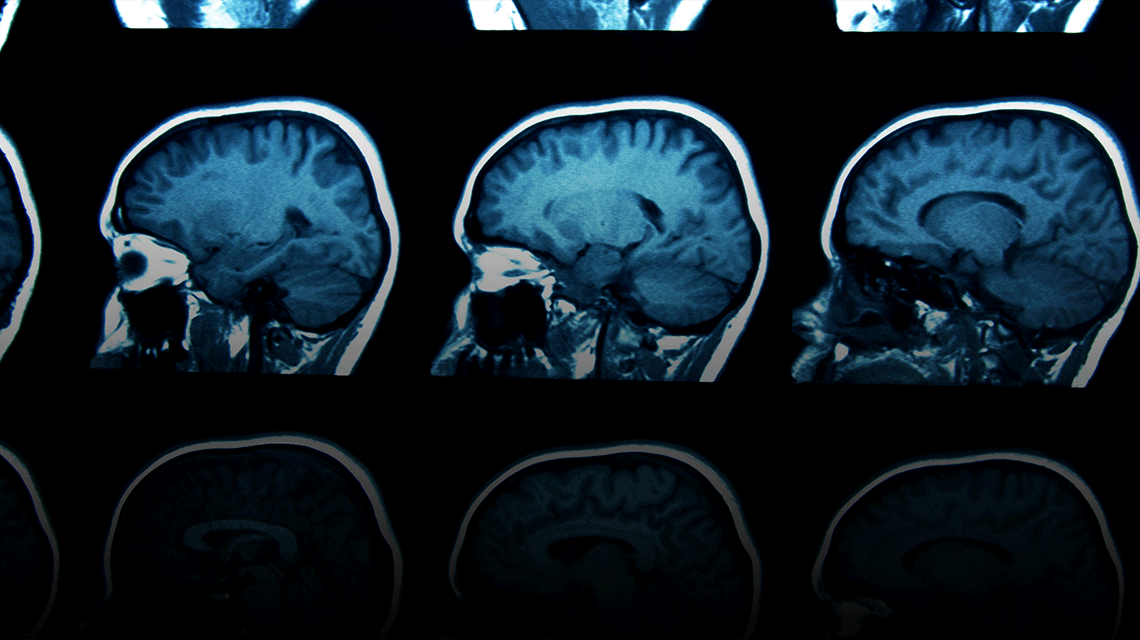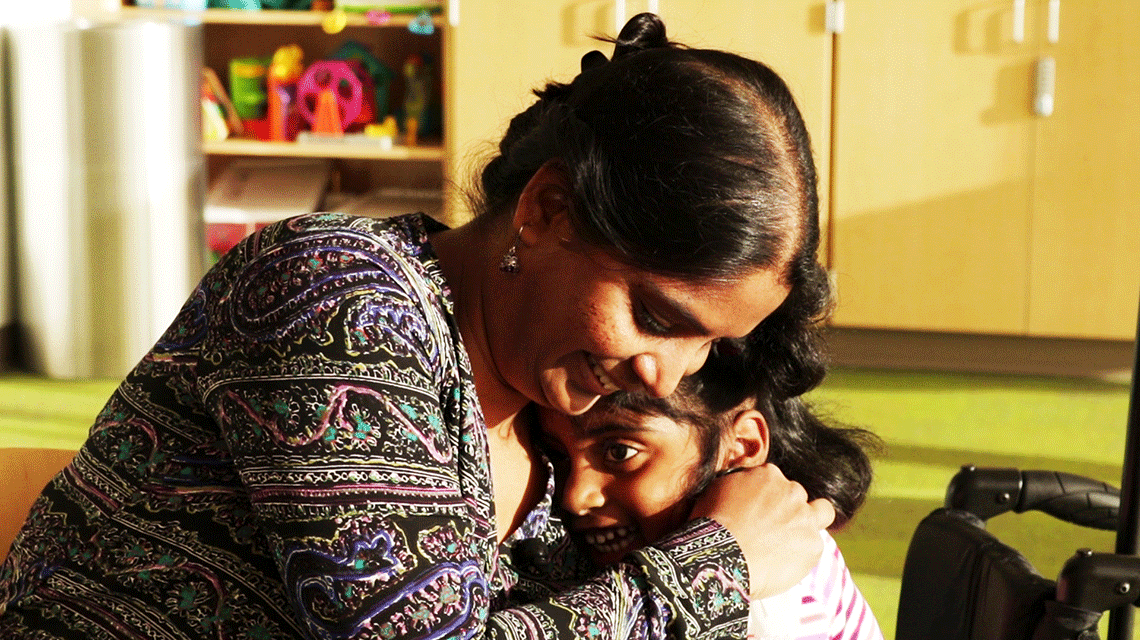Featured Researcher – Eric Sribnick
Featured Researcher – Eric Sribnick https://pediatricsnationwide.org/wp-content/themes/corpus/images/empty/thumbnail.jpg 150 150 Katie Brind'Amour, PhD, MS, CHES https://pediatricsnationwide.org/wp-content/uploads/2021/03/Katie-B-portrait.gifWhen children experience a traumatic brain injury (TBI) as well as significant injuries elsewhere in the body—such as a liver or spleen laceration or a broken bone—they face a substantially increased risk of subsequent infection. Research suggests this may stem from a sort of shock to the immune system leading to immunoparalysis, which leaves children…



